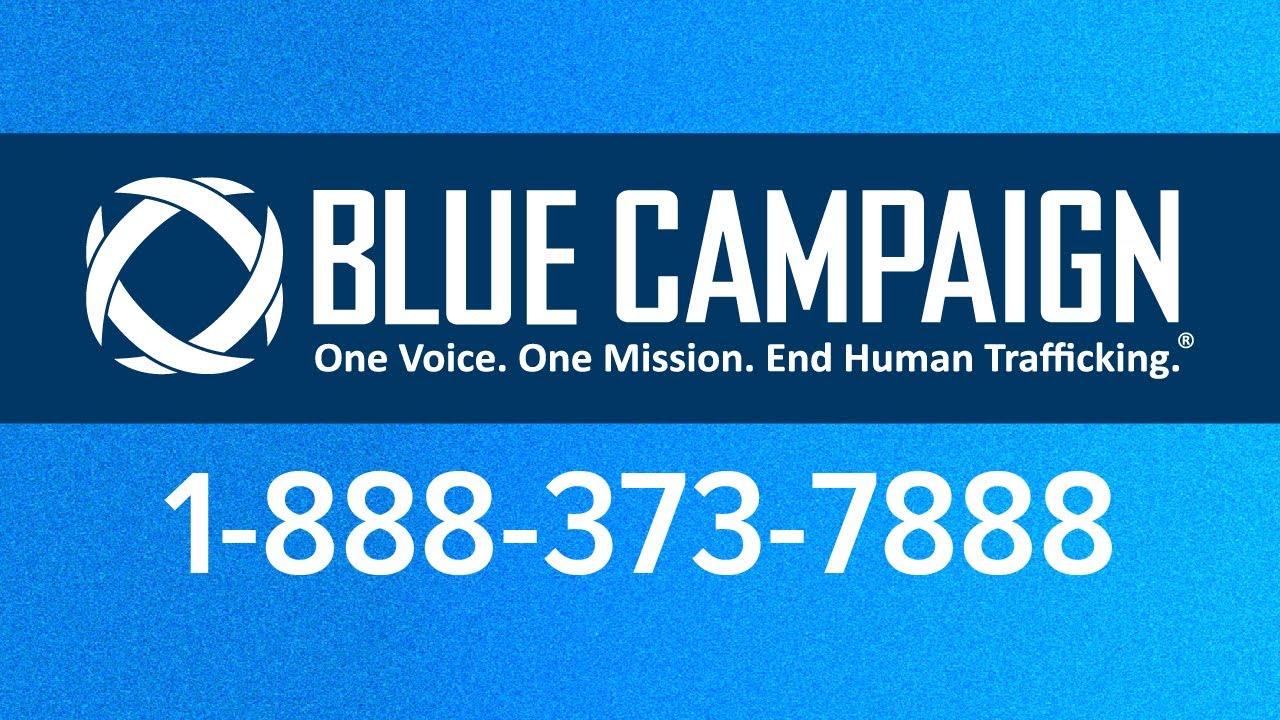
NGOCSTIP – Blue Campaign is the U.S. Department of Homeland Security’s public awareness initiative. It focuses on combating human trafficking nationwide. Victims of trafficking can be found in every community. Exploitation often goes unnoticed by the public. Blue Campaign helps educate people to recognize the signs. Proper reporting channels are promoted through its materials. Victims are supported with resources and protection. Awareness is spread through partnerships and outreach programs. A coordinated effort is encouraged among federal, state, and local agencies. Blue Campaign emphasizes prevention through education and training.
Human trafficking is a form of modern-day slavery. Traffickers use force, fraud, or coercion to exploit victims. They exploit victims for labor or sex. Both adults and children fall victim to trafficking. The crime often hides in plain sight. As a result, many victims fear speaking up. Furthermore, some victims do not even realize traffickers have targeted them. In fact, traffickers specifically target vulnerable communities. In addition, criminal networks exploit migration status for profit. Unfortunately, signs are often missed, delaying help for victims. Therefore, it is crucial to stay vigilant and recognize potential warning signs. Moreover, awareness can help prevent further exploitation. For instance, outreach programs can educate at-risk populations. Additionally, law enforcement agencies need proper training to detect trafficking. Consequently, prompt intervention can save lives. Ultimately, addressing these issues requires cooperation from everyone.
Awareness stands at the center of the campaign’s mission. The campaign informs the public through consistent messaging. The program provides training for law enforcement and service providers. Healthcare and social workers receive valuable resources. The campaign translates educational materials into multiple languages. It offers clear guidance on how to report concerns. The campaign builds trust between communities and authorities. Victims are encouraged to seek help in a safe manner. The campaign forms partnerships with non-governmental organizations. It strengthens national dialogue through unified messaging.
“Read about: Law Enforcement and Child Trafficking: Legal Frameworks and Action”
The campaign uses posters and videos to spread awareness. It makes educational content available online for free. Training modules include real-life scenarios for better understanding. The campaign encourages the use of victim-centered language in all messaging. Law enforcement officers receive training to identify signs of trafficking. The campaign shares public service announcements across various platforms. It holds events during National Slavery and Human Trafficking Prevention Month. The campaign distributes toolkits to schools and workplaces. It updates materials regularly to reflect current trends. The campaign ensures accessibility across diverse populations.
Physical abuse may be visible on victims. Victims may avoid eye contact or seem fearful. A third party may control their documents. Victims may not speak for themselves in public. They may live where they work or sleep in poor conditions. Movement may be restricted by someone else. Victims might lack access to basic services. Inconsistent stories can be a warning sign. Tattoos may be used to brand victims. Sudden isolation or withdrawal should raise concern.
“Read more: Chickenpox in Children: What Every Parent Should Know”
Every person can help identify and prevent trafficking. Local campaigns can raise awareness within communities. Schools can include trafficking awareness in their curriculum. Communities can host workshops and discussions to spread knowledge. People can place flyers and posters in public spaces. They can report suspicious behavior anonymously. Local leaders can support survivor-centered programs to provide aid. Employers can train their staff to spot red flags. Businesses can share campaign materials with customers. Awareness can help create a safer environment for everyone.
You can report tips to the National Human Trafficking Hotline. For example, you can make calls, send texts, or emails anytime, 24/7. Moreover, the hotline treats all reports with confidentiality and urgency. If necessary, the hotline connects victims to shelter and legal aid immediately. In addition, trained first responders offer prompt assistance to those in need. As a result, law enforcement coordinates better through ongoing training. Importantly, DHS policy ensures that victims do not face criminalization. Thanks to a trauma-informed approach, the campaign protects human rights. Furthermore, follow-ups ensure the safety of victims. Ultimately, every report creates an opportunity to save lives.
Blue Campaign develops new resources every year. Additionally, the team studies current trends to adjust outreach strategies. Moreover, experts help refine the training programs regularly. In schools and workplaces, the campaign expands partnerships actively. To stay current, they refresh campaign themes consistently. Importantly, the campaign includes victims’ voices in planning sessions. Furthermore, survivor leaders shape the direction of outreach efforts. With new data, they update online training modules frequently. In response to feedback, they improve community messaging. Ultimately, education empowers people to fight human trafficking effectively. Furthermore, this effort brings positive change to communities. Consequently, more people become aware of the issue. As a result, the campaign achieves broader impact. In addition, it creates a stronger network of support. Without a doubt, these initiatives help strengthen the fight against trafficking. Eventually, everyone can play a part in creating safer environments.